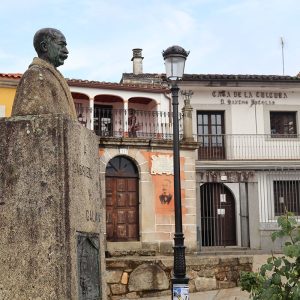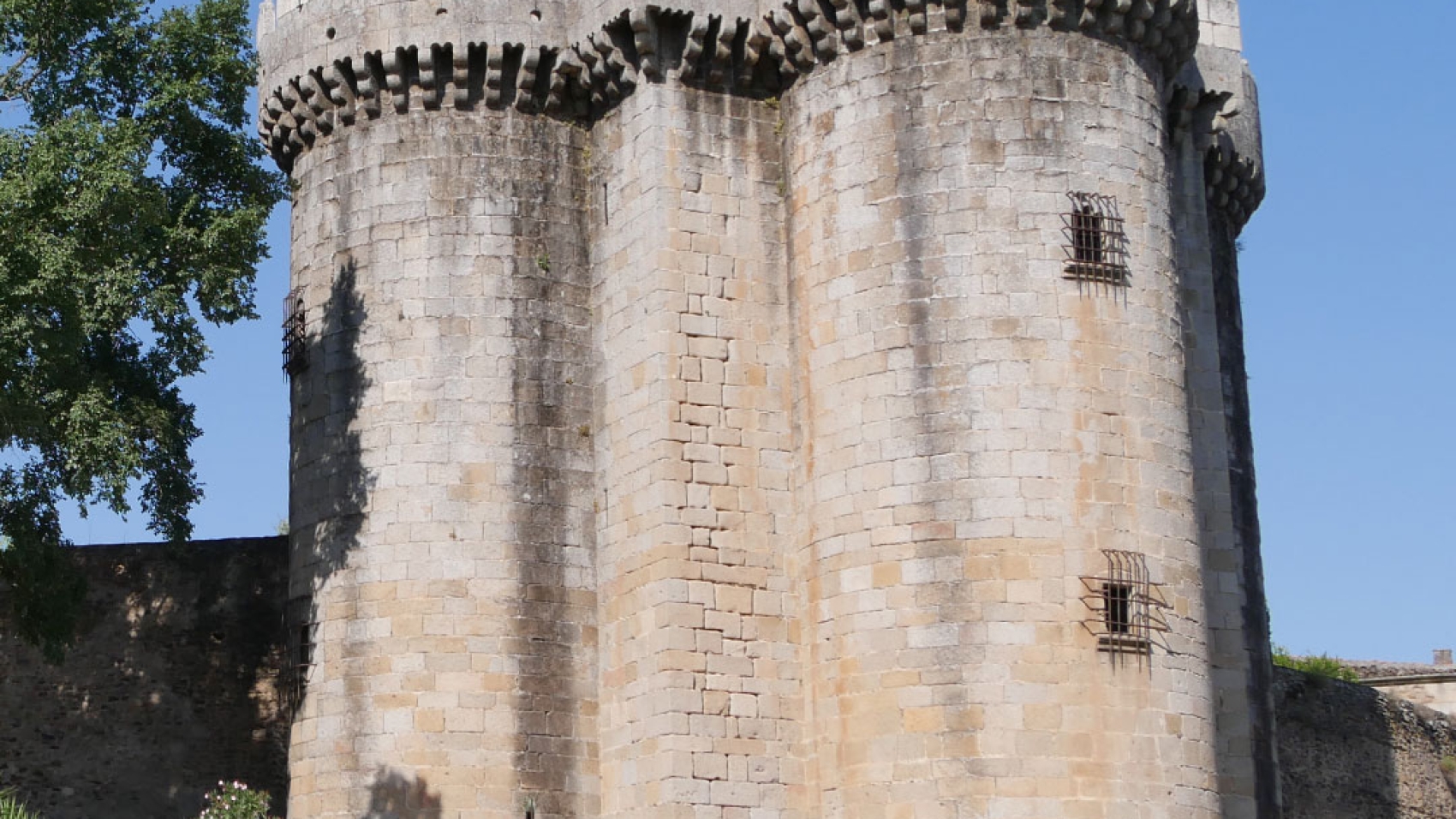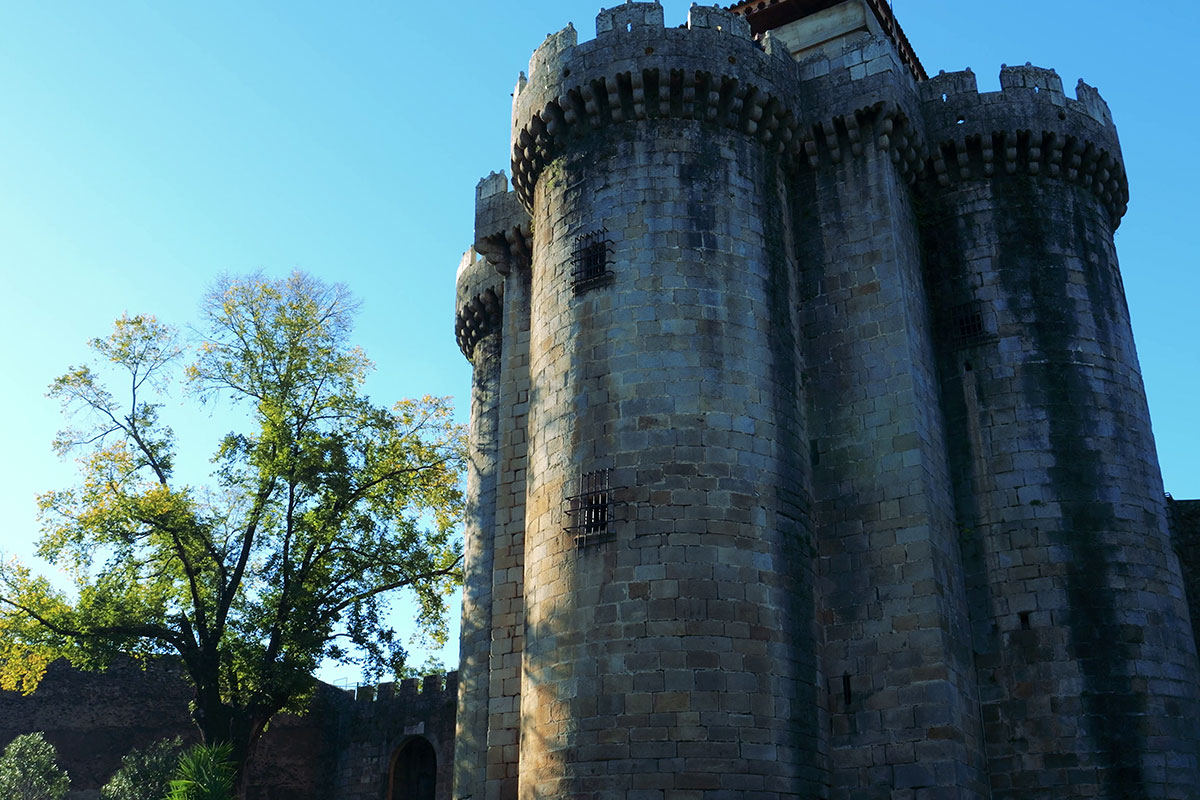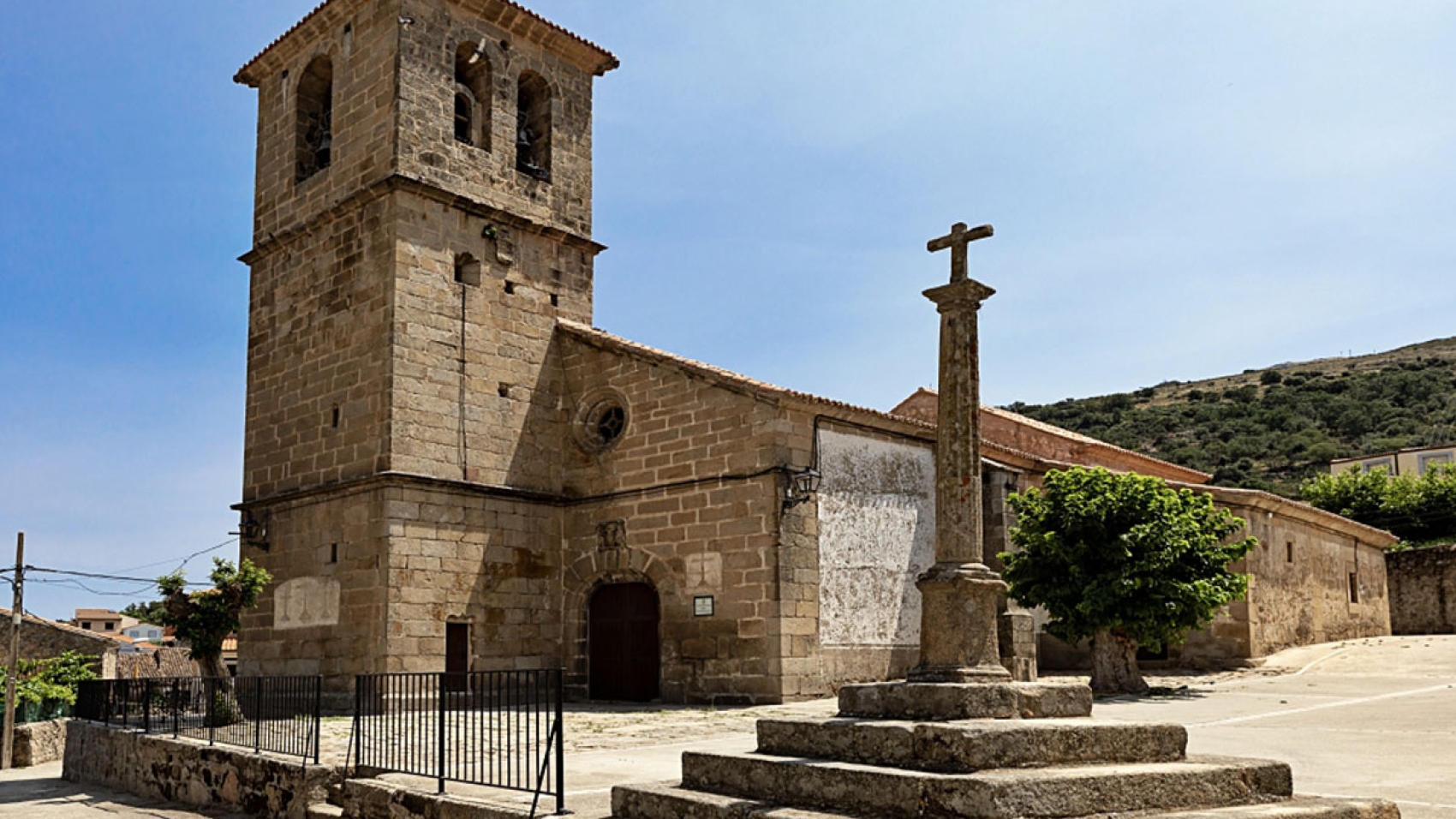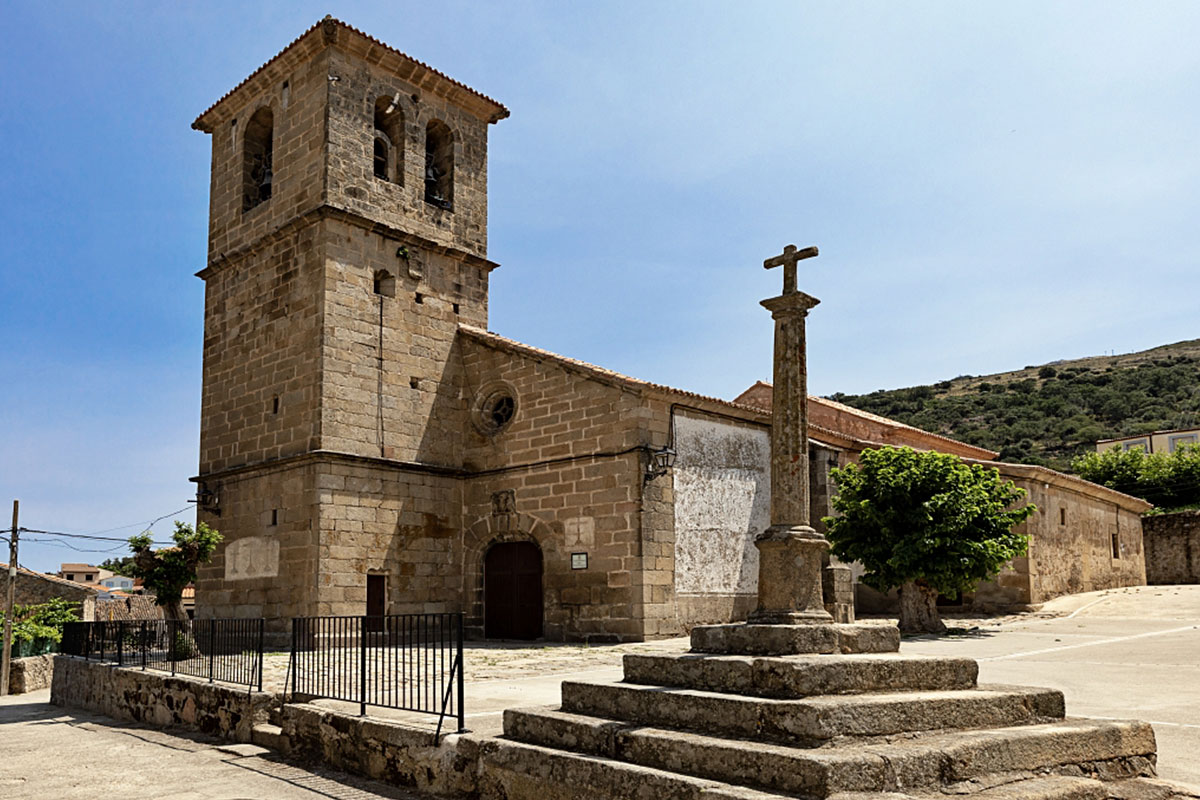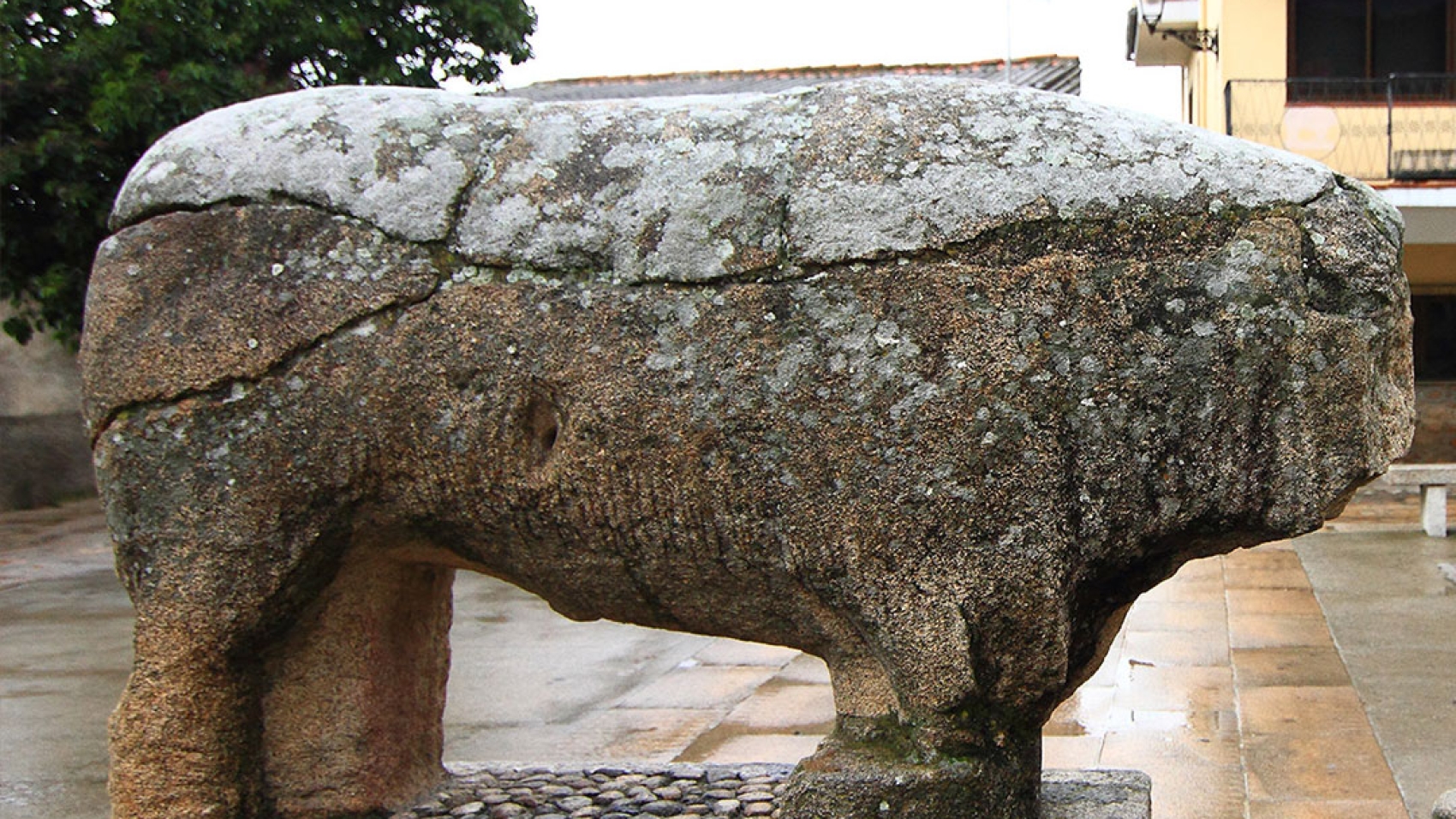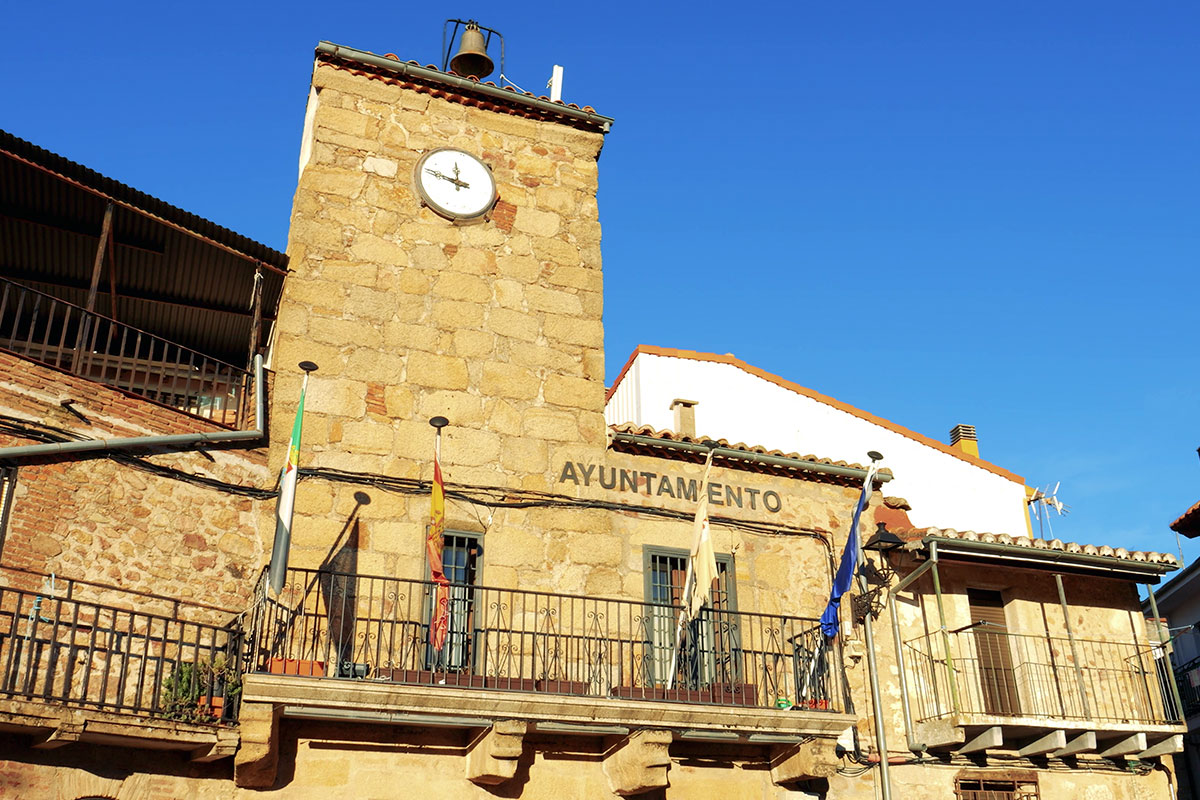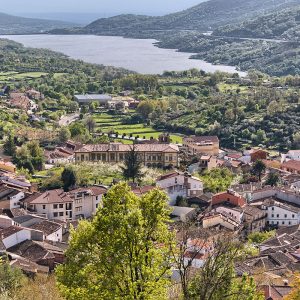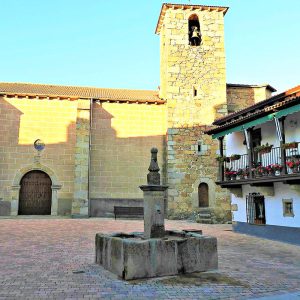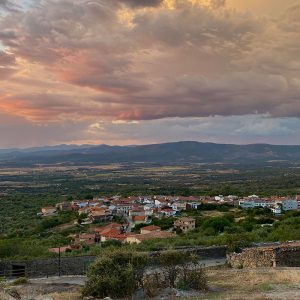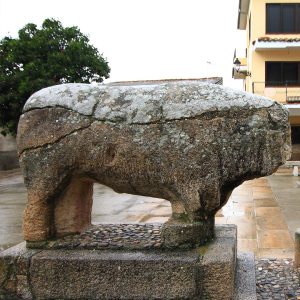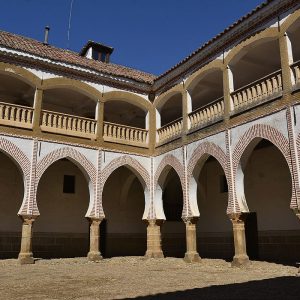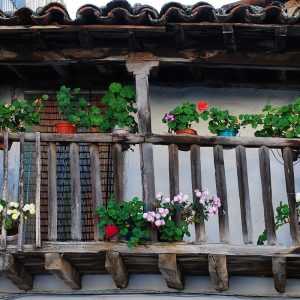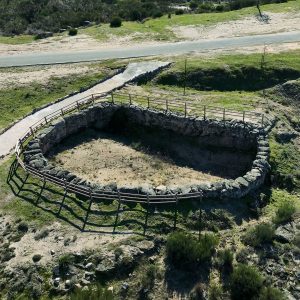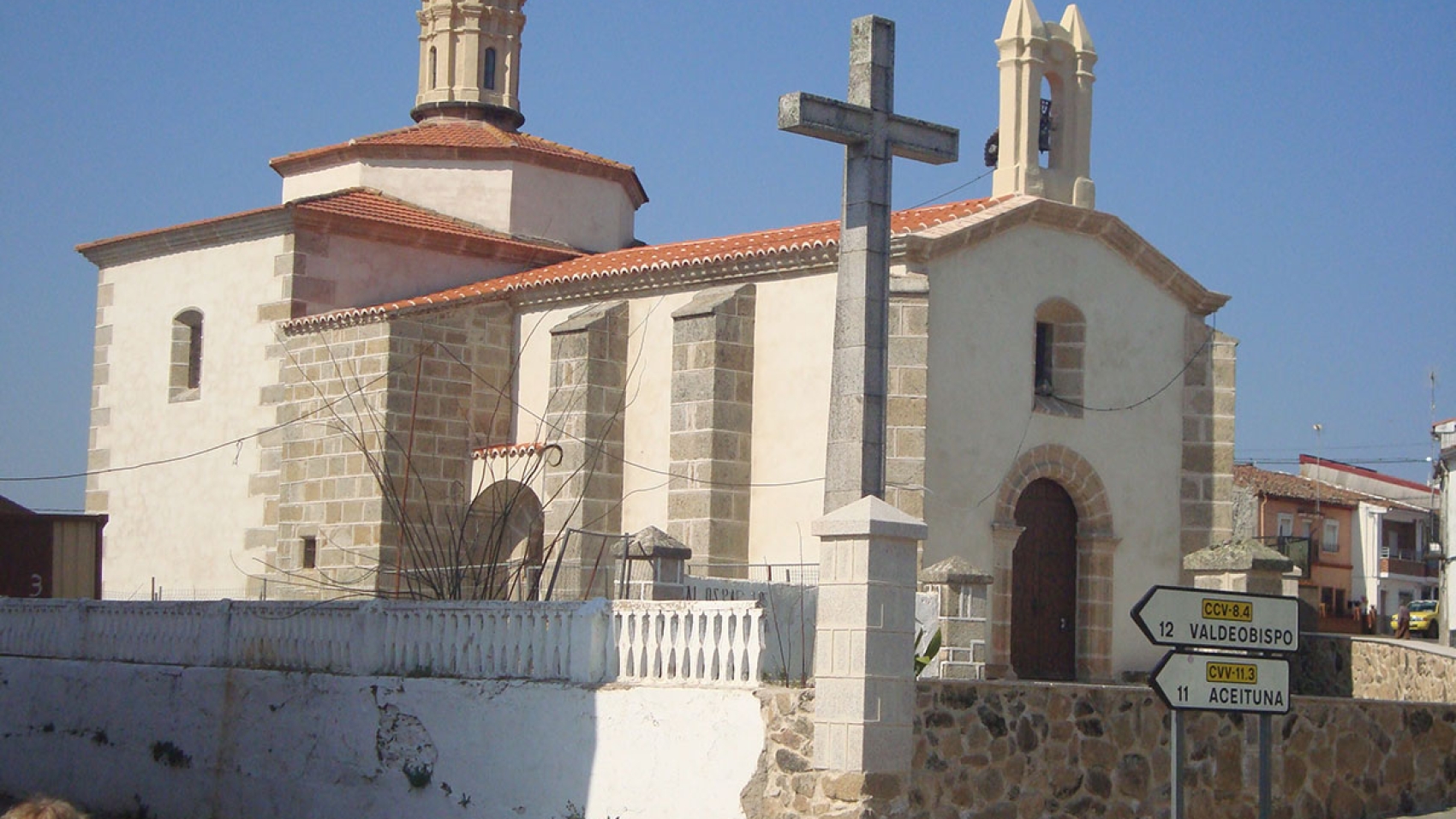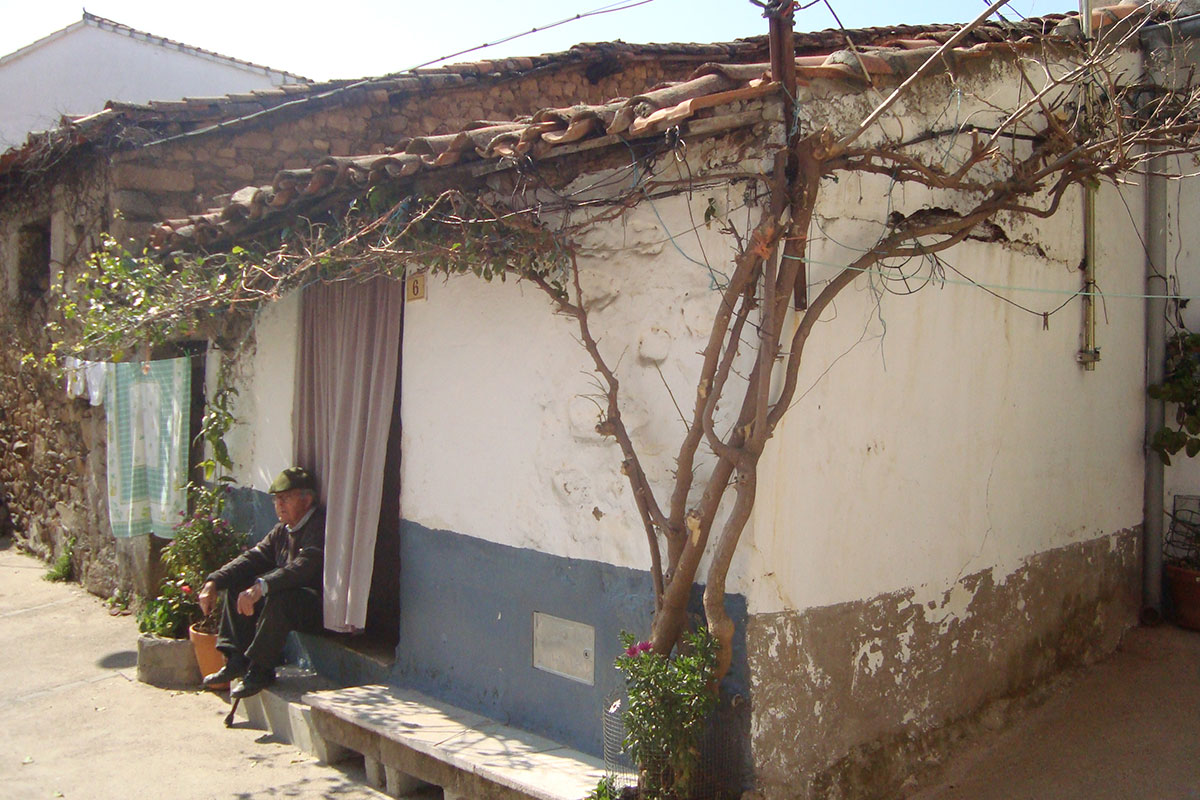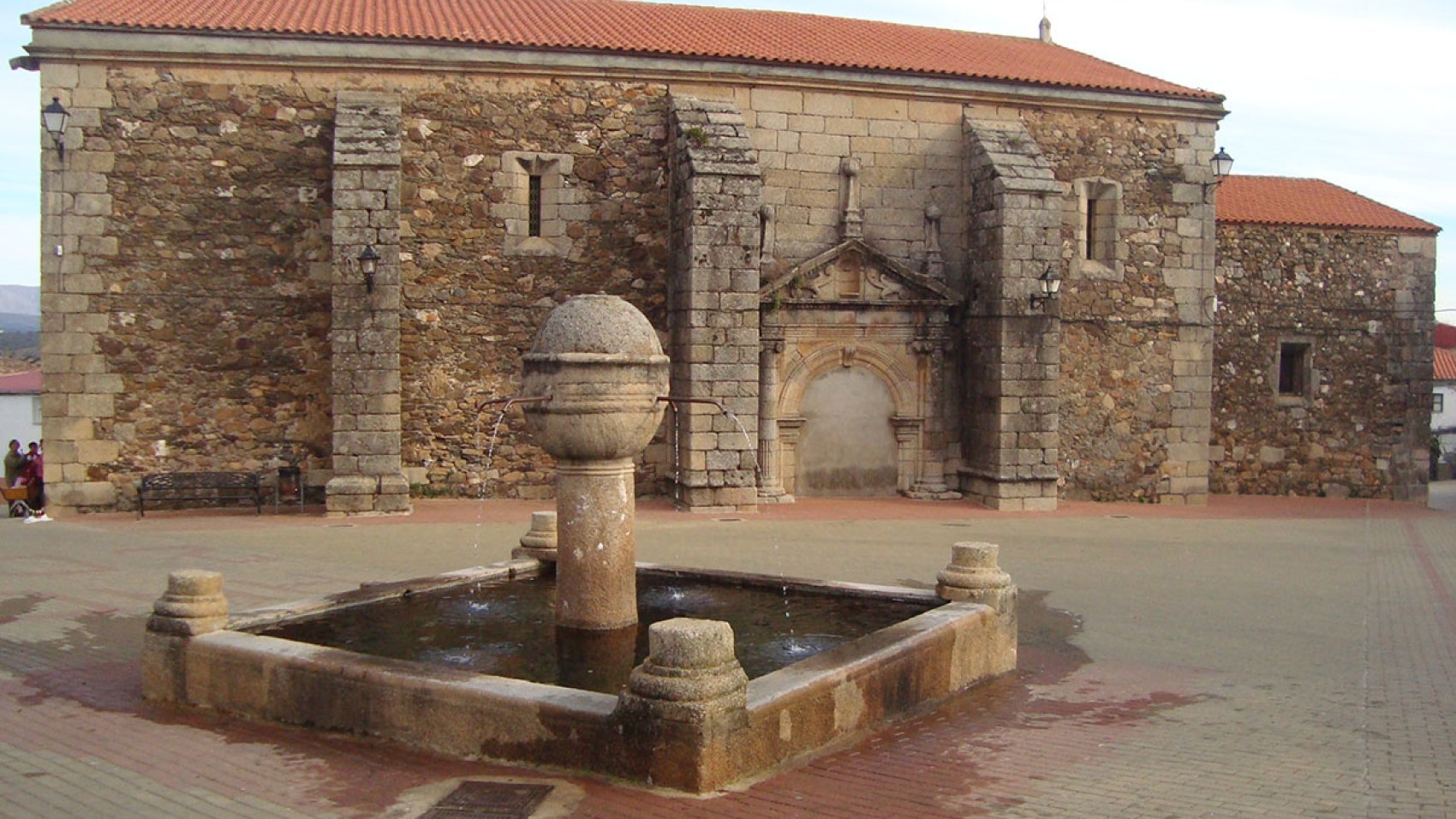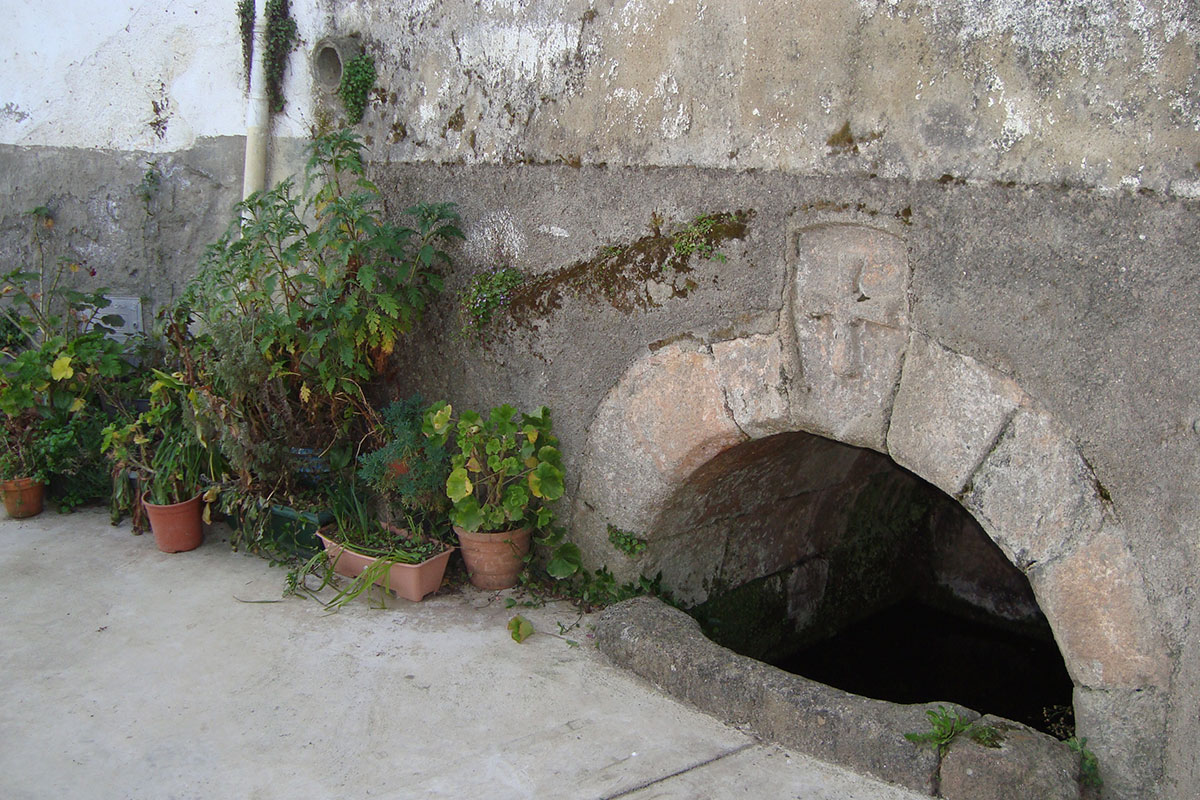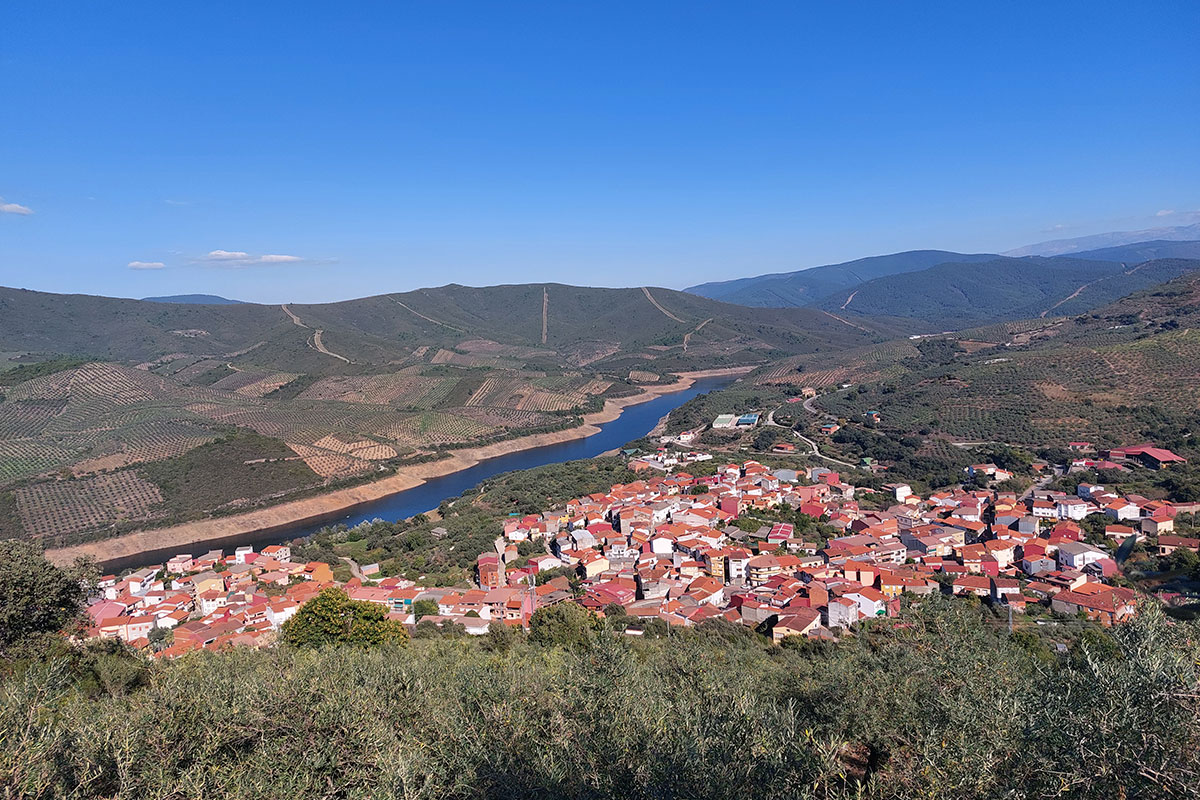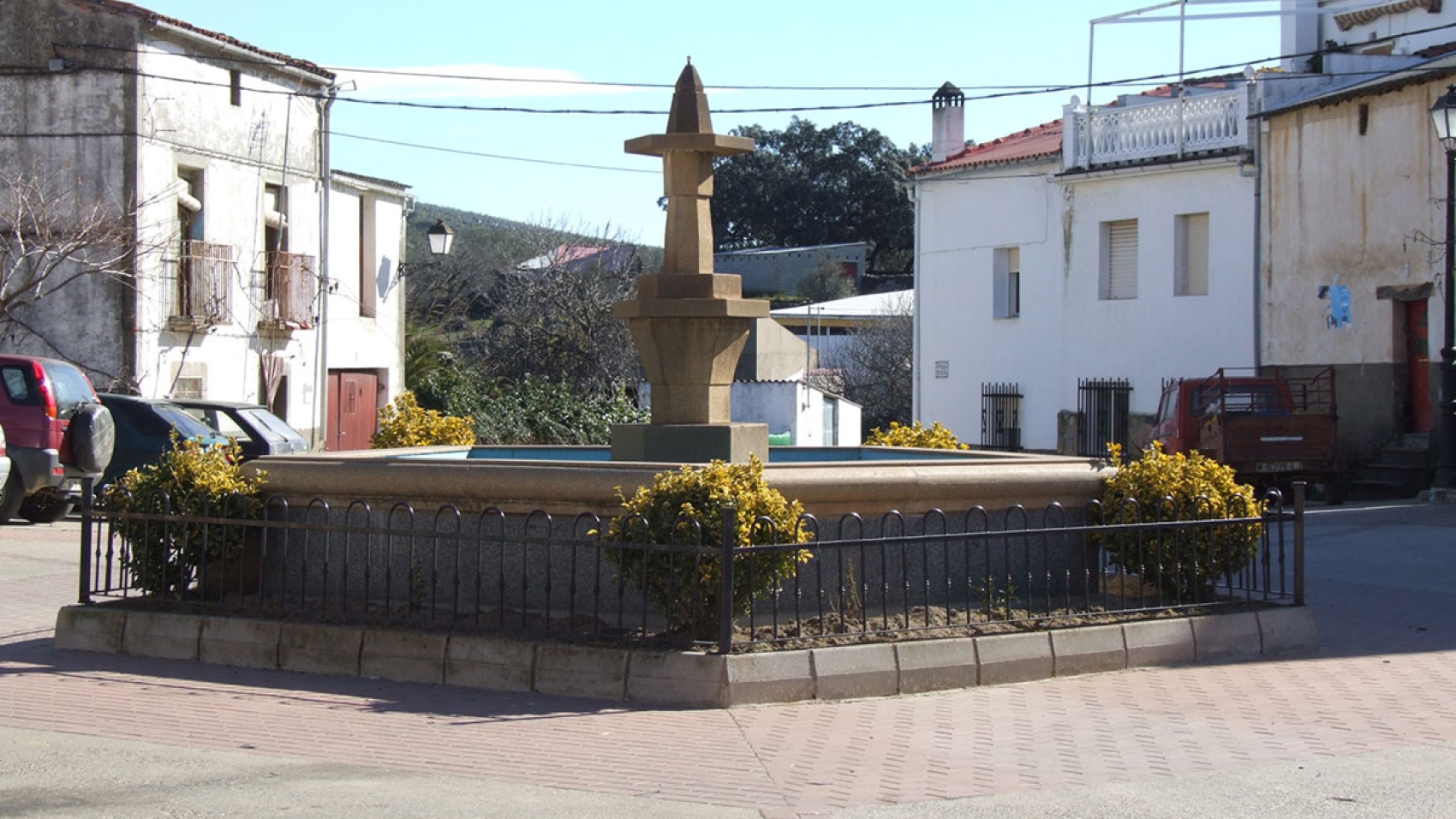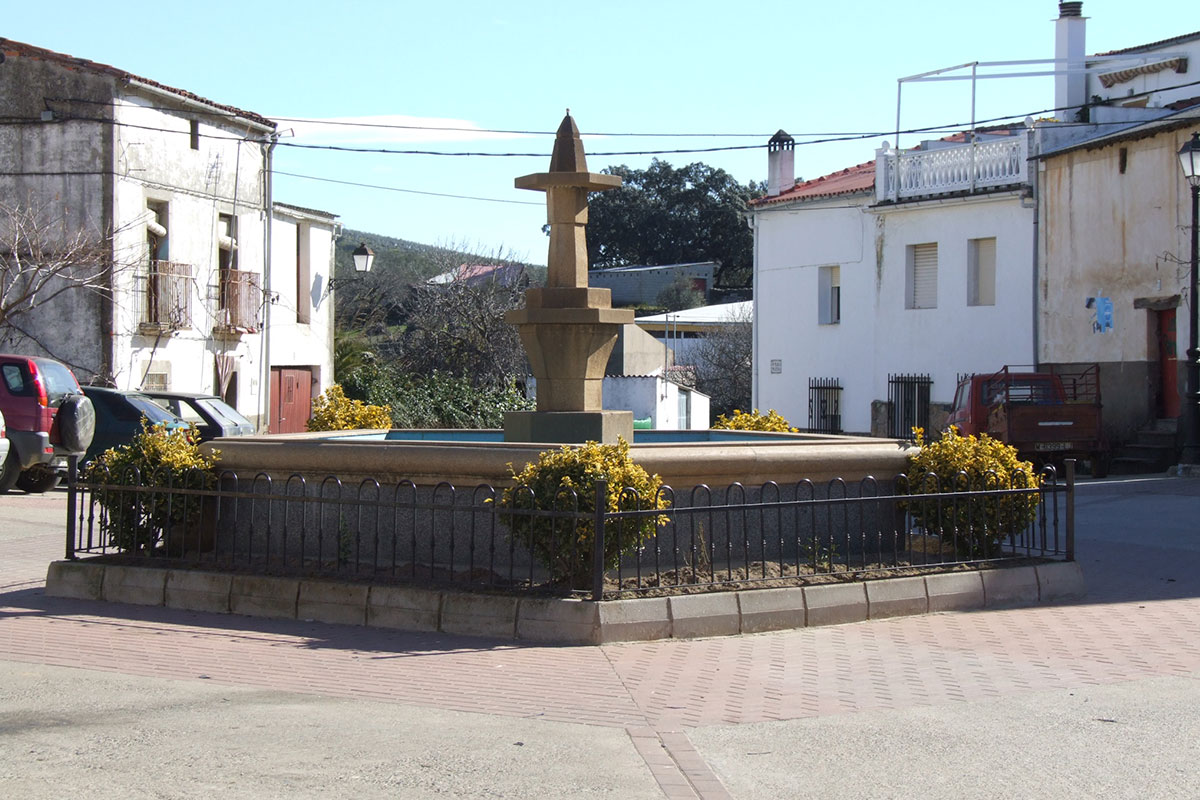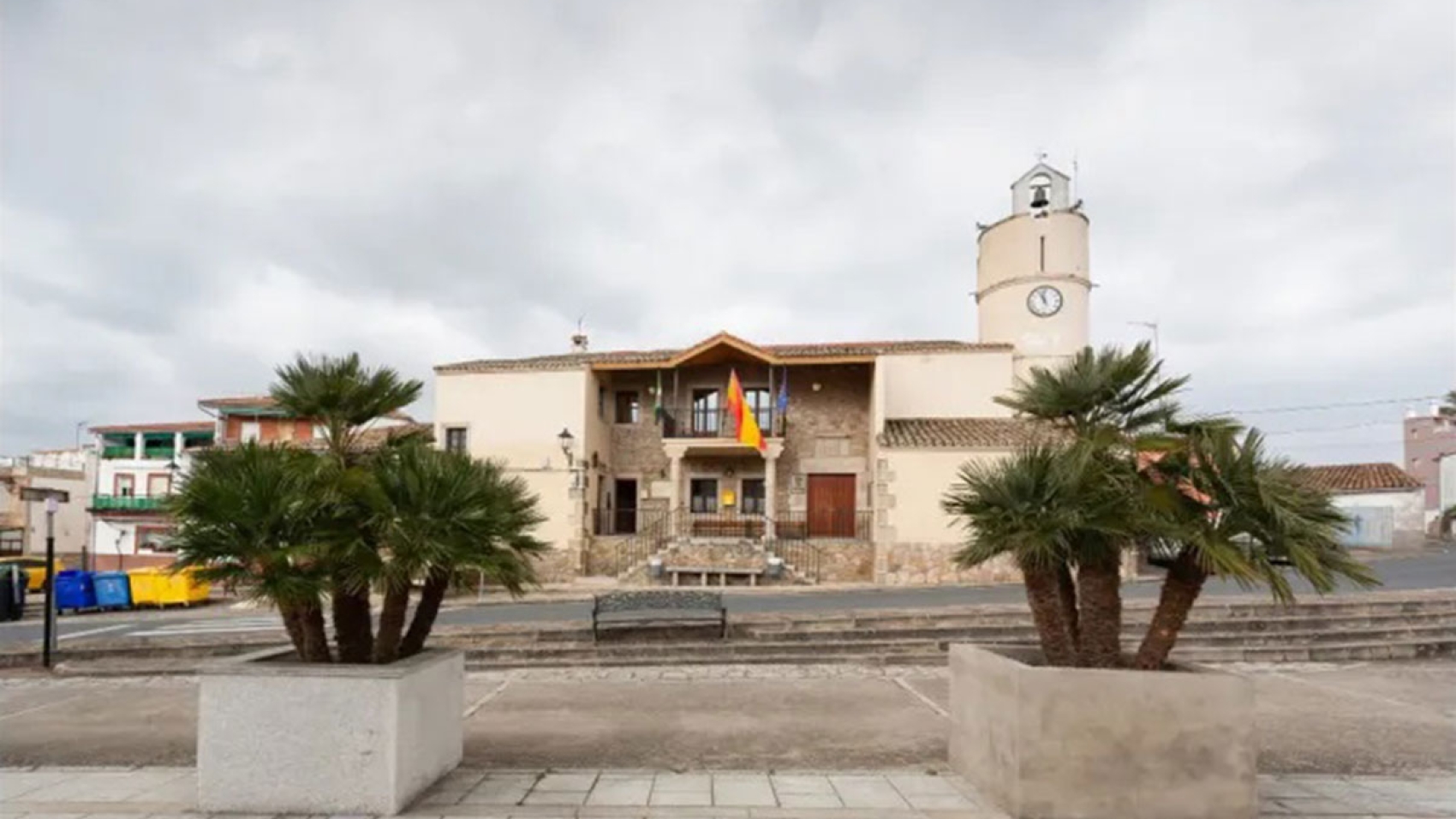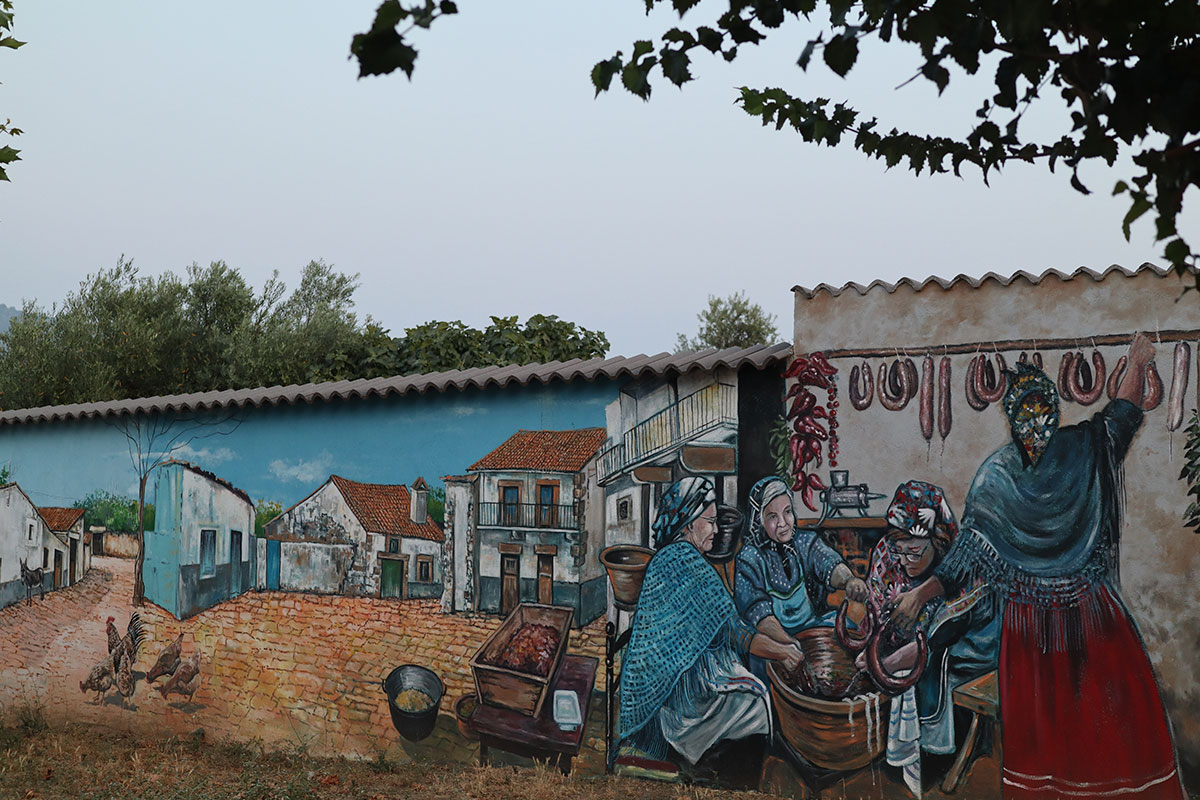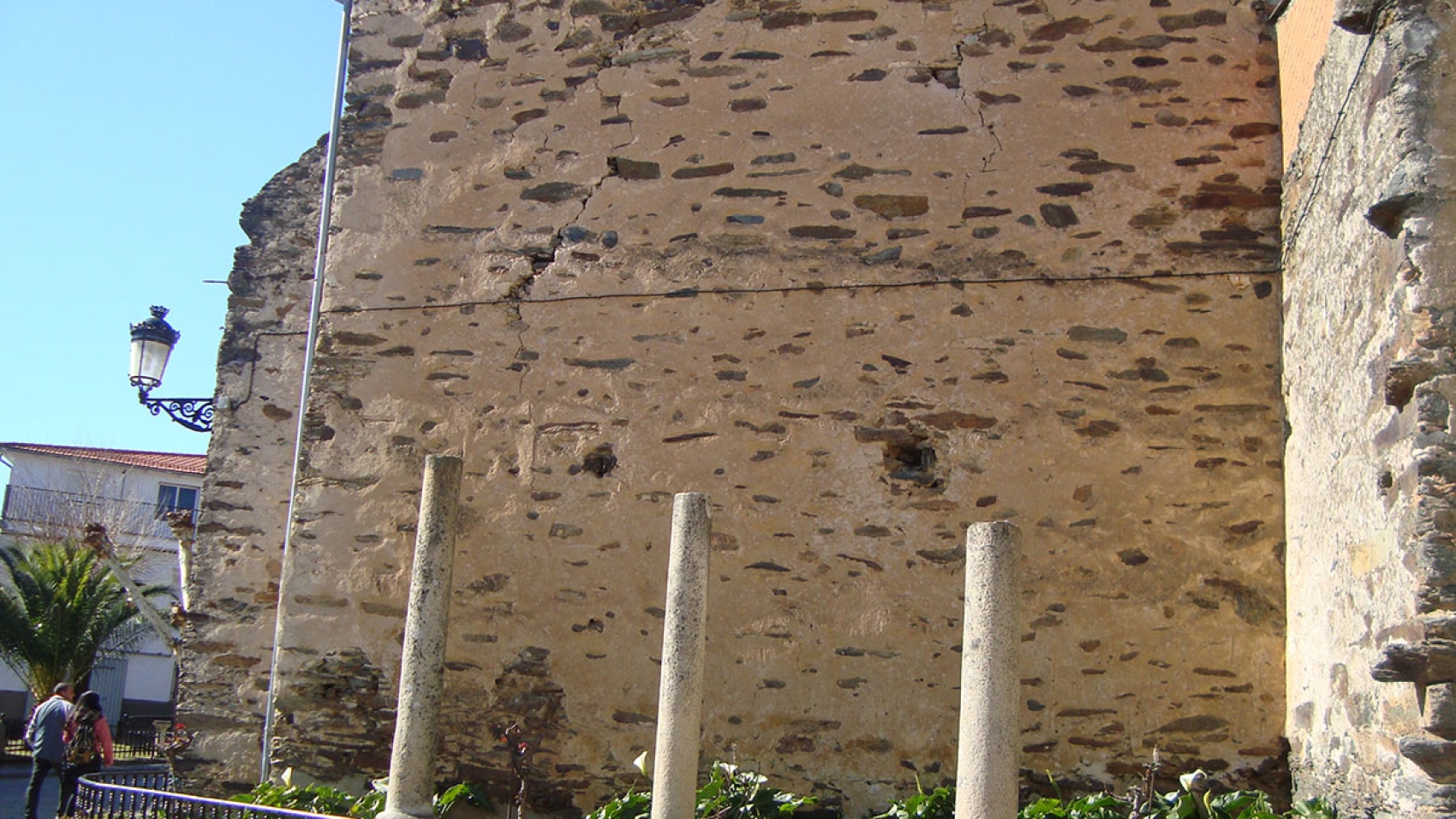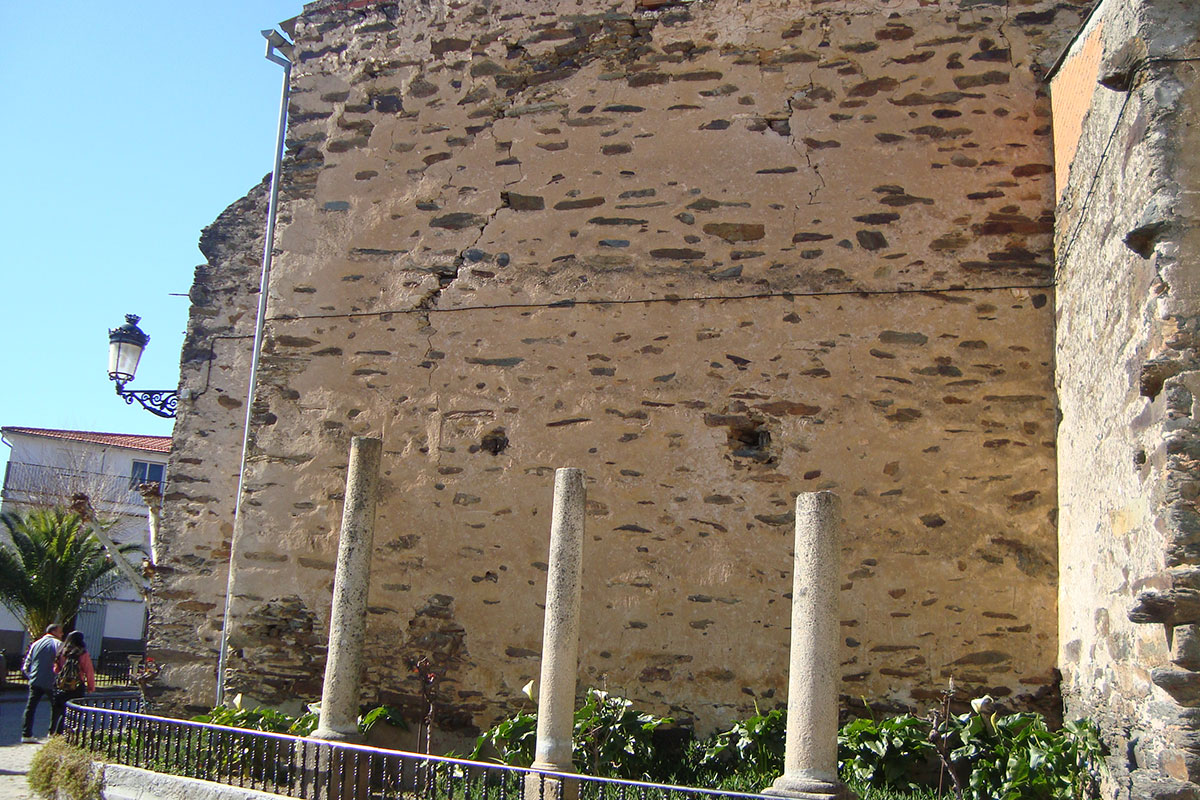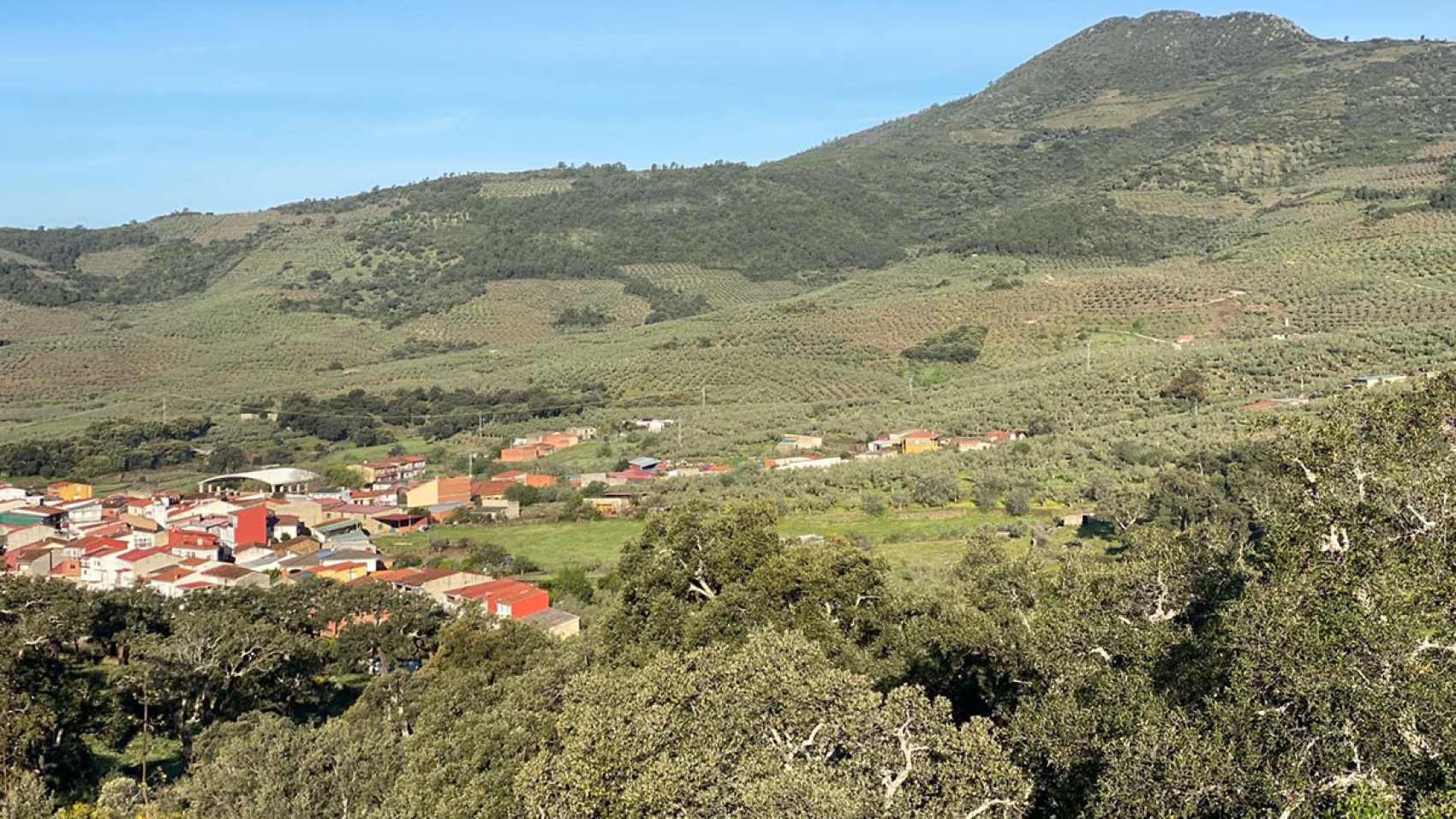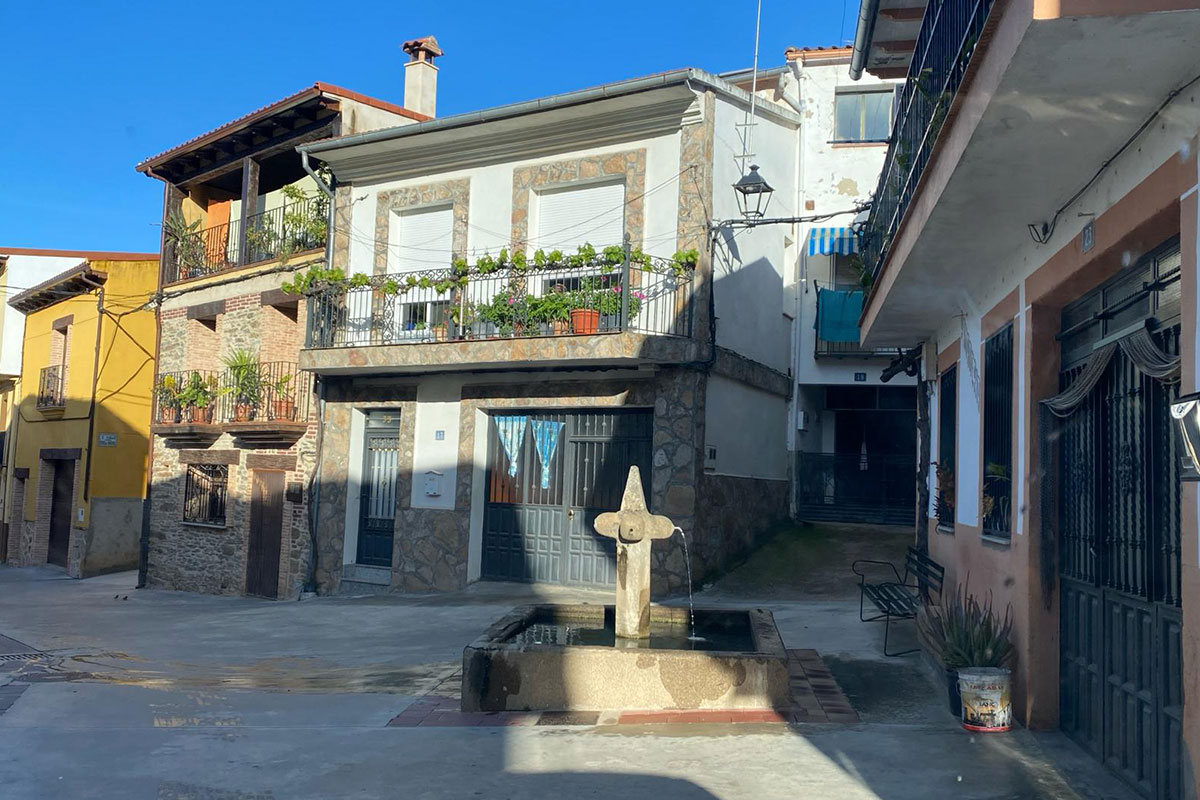Zarza de Granadilla
Culture, Nature, and Gastronomy
Zarza de Granadilla blends culture, nature, and gastronomy in a way that creates truly unique and unforgettable experiences for visitors.
Known simply as La Zarza, it was joined with Granadilla in 1965 when the latter was abandoned following the construction of the Gabriel y Galán reservoir.
If you’re interested in religious heritage you won’t want to miss the 16th-century Church of Our Lady of the Assumption or the 18th-century Christ of Mercy hermitage.
Located just 11 kilometres from Zarza de Granadilla on the banks of the Gabriel y Galán Reservoir is the charming and resistant medieval walled town of Granadilla. Much of its territory is submerged beneath the waters of the reservoir, but on a rise, the village stands as a testament to times past.
The Medieval walled town of Granadilla was declared a Historic Site in 1980 and has been carefully restored and preserved, despite being uninhabited since 1965.
As you walk through the gates of this walled village you are transported back to the Middle Ages. Climb up to the castle for spectacular views of the Gabriel y Galán Reservoir. Highlights include the Granadilla Castle, the Church of the Assumption, the wall and the houses in the Plaza Mayor. Before entering the walled town we are greeted by the fantastic Noble Elm Tree of Extremadura.
Contemplate the immensity of the starry sky at the Celeste Overlook in the picnic area that you’ll see just before you enter the main gate of the village.
If you visit in late summer, you may hear the bellowing of the deer in the pine forests of Granadilla at sunrise or sunset. If you prefer autumn and winter, another spectacle of nature that you cannot miss is the return of the cranes to their roosts on the banks of the Gabriel y Galán Reservoir.
Granadilla’s pine forests are the ideal habitat for the captive breeding of more than thirty specimens of Iberian lynx that live in the Iberian Lynx Captive Breeding Centre, a project of the Ministry of the Environment. To learn more about these animals visit the Iberian Lynx Awareness Centre in Zarza de Granadilla. The centre also has information about the town’s history, natural environment and gastronomy.
Also in the town square, be sure to visit the Project “M” Exhibition Hall, which showcases the region’s artistic and cultural offerings, with travelling exhibitions of artists from within and outside the region. There’s also an ethnographic museum in the same building.
Zarza de Granadilla has a rich culinary heritage. It is known for its production of bell peppers for paprika, and one of the most outstanding dishes is the delicious zorongollo salad made from roasted red bell pepper and tomato, as well as “escabechás” potatoes (potatoes cooked in a tangy marinade).
Nowadays, it is actually a regional gastronomic hub. Other notable local products include mushrooms, cheese, beer and even rum or gin, which have received national and international awards. For the grand finale of your visit to Zarza de Granadilla, indulge in exquisite local cuisine with a stop at the Michelin-starred restaurant Versátil.
Don´t miss:
- Conjunto histórico de la Villa Medieval amurallada de Granadilla
- Mirador Celeste
- Proyecto "M"
- Centro de Sensibilización del Lince Ibérico
- Camino de Granadilla
- Encuentro de Granadilla
- Olmo de Granadilla
Visit more towns
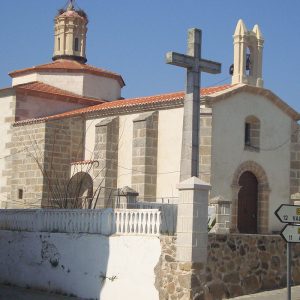
Santibáñez el Bajo
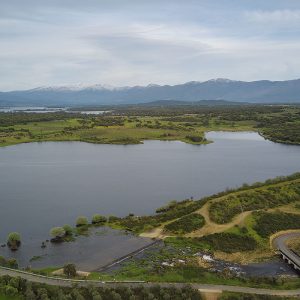
Ahigal
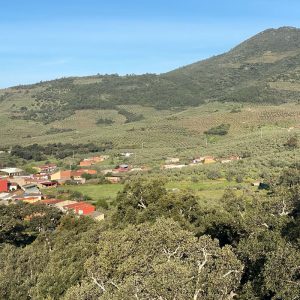
Marchagaz
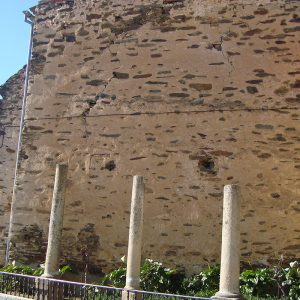
Mohedas de Granadilla
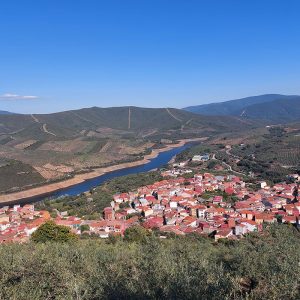
La Pesga
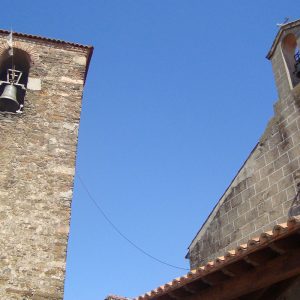
Cerezo
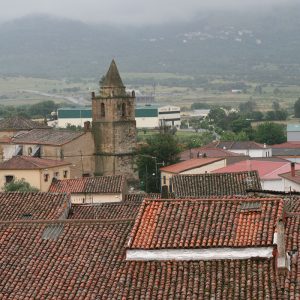
La Granja
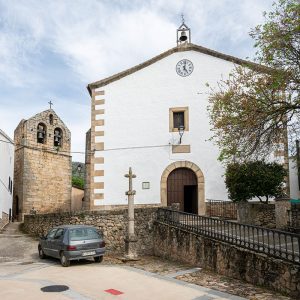
Jarilla
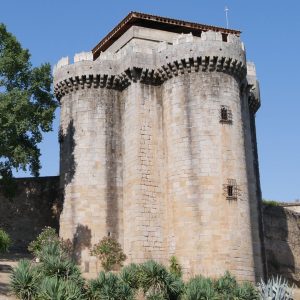
Zarza de Granadilla
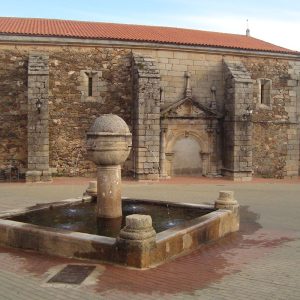
Santa Cruz de Paniagua
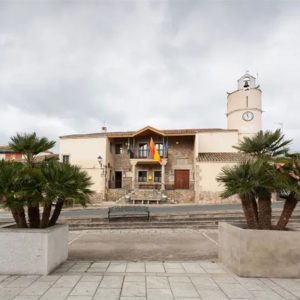
Oliva de Plasencia
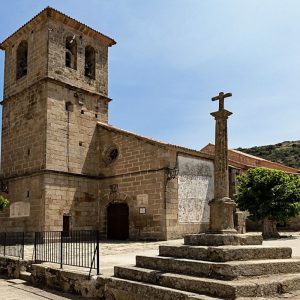
Villar de Plasencia
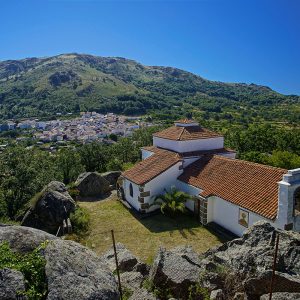
Cabezabellosa

Palomero
